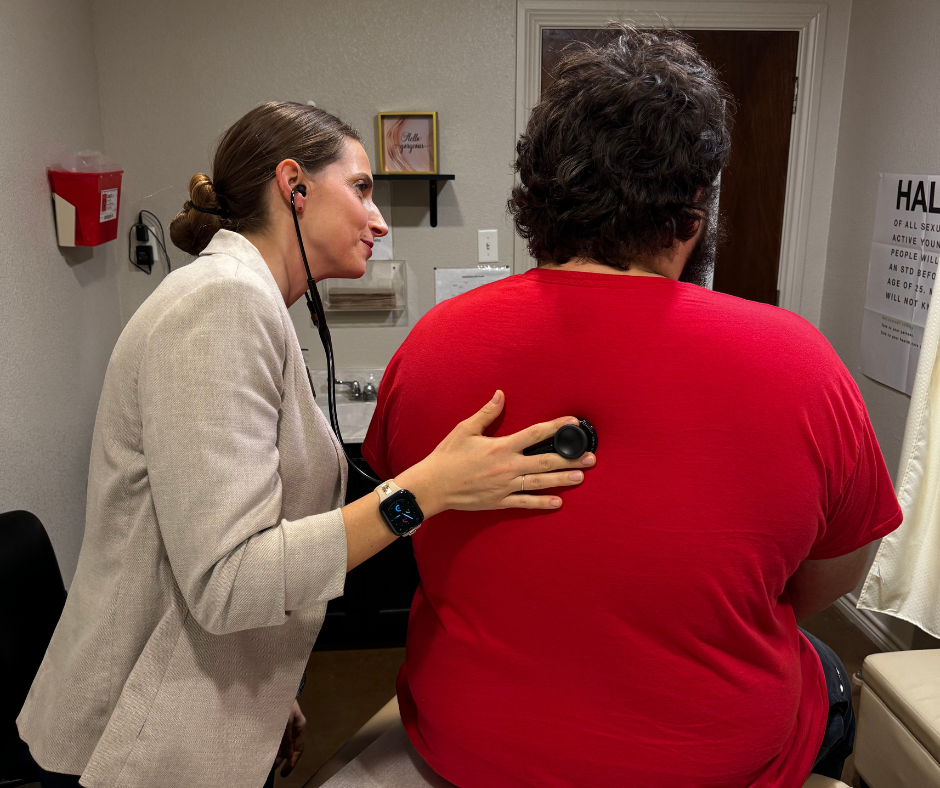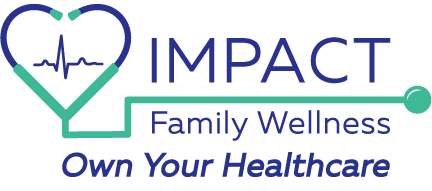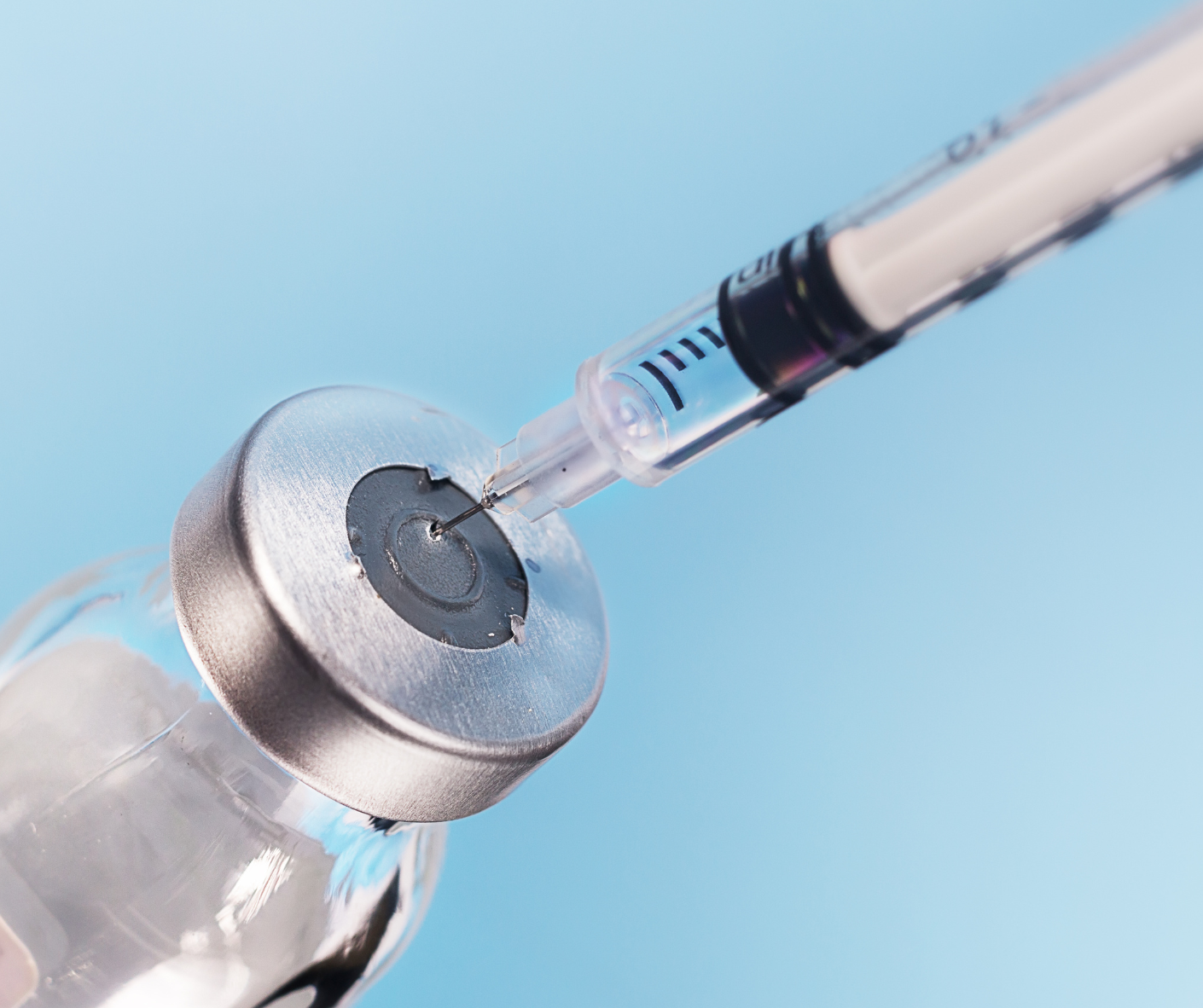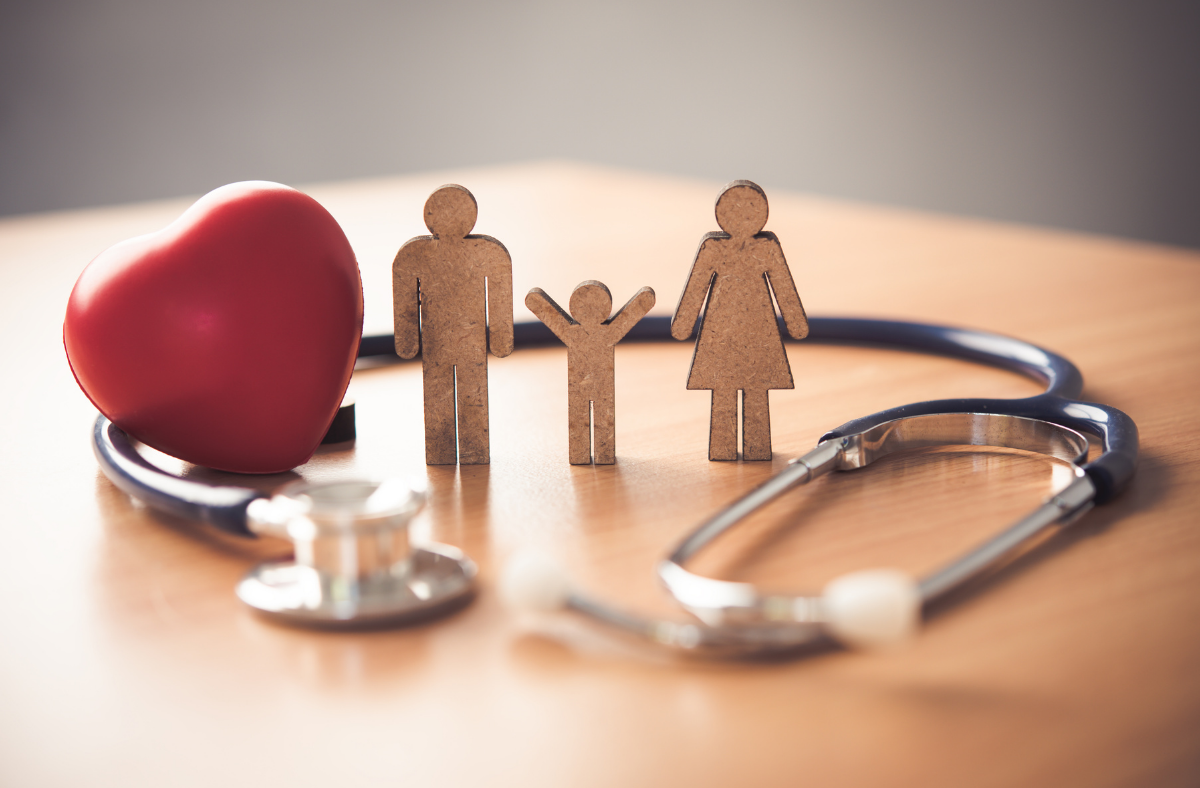Ovarian Cancer Awareness Month
Ovaries are the regions where the ovum or egg is produced in women. They are also the main source of estrogen and progesterone hormones in premenopausal women. Previously, it was believed that ovarian cancers began only in the ovaries. However, recent studies suggest ovarian cancers may start in the cells found at the far end of the fallopian tubes.
Worldwide, ovarian cancer is the 8th most common cancer in women. The American Cancer Society estimates for ovarian cancer in the United States for 2022 are:
- Nearly 19,880 women will receive a new diagnosis of ovarian cancer.
- About 12,810 women will die from ovarian cancer.
There are three types of ovarian cancer, namely:
- Epithelial ovarian cancer (most common)
- Germ cell tumor
- Stromal tumors
Risk Factors of Ovarian Cancer
- Age: The risk of developing ovarian cancer increases with age. Ovarian cancer is rare in women younger than 40. Most ovarian cancers develop after menopause. A large number of all ovarian cancers are in women 63 years or older.
- Being Obese/ Overweight: Obese women, those with a body mass index [BMI] of at least 30 and are at a higher risk of developing ovarian cancer. Obesity may also negatively affect the overall chance of survival of a woman with ovarian cancer.
- Having children later or never having a full-term pregnancy: Women who have their first full-term pregnancy after age 35 or never carried a pregnancy to term have a higher risk of ovarian cancer.
- Having hormone therapy after menopause: Women using estrogens alone or with progesterone after menopause has an increased risk of developing ovarian cancer compared to women who have never used hormones.
- Family history of cancer: Ovarian cancer can be hereditary. The more relatives you have with ovarian cancer, the higher your chances of getting it. A family history of other types of cancer such as colorectal and breast cancer is linked to an increased risk of ovarian cancer.
- Hereditary Breast and Ovarian Cancer syndrome (HBOC): This syndrome is caused by inherited mutations in the genes BRCA1 and BRCA2. This syndrome is linked to a high risk of breast cancer as well as the ovarian, fallopian tube, and primary peritoneal cancers. The risk of other cancers, like pancreatic cancer and prostate cancer, is also increased.
- Hereditary Nonpolyposis Colon Cancer (HNPCC) or Lynch Syndrome: Women with this syndrome have a very high risk of colon cancer and also have an increased risk of developing cancer of the uterus (endometrial cancer) and ovarian cancer.
- Peutz-Jeghers Syndrome: People with this rare genetic syndrome develop polyps in the stomach and intestine while they are teenagers. They also have a high risk of cancer, particularly cancers of the digestive tract (esophagus, stomach, small intestine, colon). Women with this syndrome have an increased risk of ovarian cancer, especially epithelial ovarian cancer.
- MUTYH-associated Polyposis: People with this syndrome develop polyps in the colon and small intestine and have a high risk of colon cancer. They are also more likely to develop other cancers, including cancers of the ovary and bladder.
- Using fertility treatment: Fertility treatment with in vitro fertilization (IVF) seems to increase the risk of the type of ovarian tumors known as "borderline" or "low malignant potential" to cause cancer.
- Having had Breast Cancer: If you have had breast cancer, you might also have an increased risk of developing ovarian cancer. Some of the reproductive risk factors for ovarian cancer may also increase breast cancer risk. The risk of ovarian cancer after breast cancer is highest in those women with a family history of breast cancer.
- Having endometriosis: Endometriosis is a condition where tissue from the uterus lining grows elsewhere in the body. That increases the risk of ovarian cancer.
Factors that Lower the Risk of Ovarian Cancer
- Pregnancy and breastfeeding: Women who have been pregnant and carried it to term before age 26 have a lower risk of ovarian cancer than women who have not. The risk goes down with each full-term pregnancy. Breastfeeding may lower the risk even further.
- Birth control: Women who have used oral contraceptives (also known as birth control pills) have a lower risk of getting ovarian cancer. The longer they are used, the lower the risk. Other forms of birth control, tubal ligation - having fallopian tubes tied - and short use of IUDs (intrauterine devices) have also been associated with a lower risk of ovarian cancer.
- Having a hysterectomy: Hysterectomy refers to removing the uterus without removing the ovaries. Research shows it may reduce the risk of getting ovarian cancer by about one-third.
Reducing the Risk of Ovarian Cancer
Several ways can reduce the risk of developing the most common type of ovarian cancer - epithelial ovarian cancer.
- Oral contraceptives: Using oral contraceptives (birth control pills) decreases the risk of developing ovarian cancer for average-risk women, especially among women who use them for several years. Women who used oral contraceptives for five or more years have about a 50% lower risk of developing ovarian cancer compared with women who never used oral contraceptives.
- Gynecologic surgery: Both tubal ligation and hysterectomy may reduce the chance of developing certain types of ovarian cancer. It’s important to note that these operations should only be done for valid medical reasons.
Signs and Symptoms of Ovarian Cancer
Ovarian cancer may cause several signs and symptoms. Women are more likely to have symptoms if the disease has spread, but even early-stage ovarian cancer can portray symptoms. The most common symptoms include:
- Bloating
- Pelvic or abdominal (belly) pain
- Trouble eating or feeling full quickly
- Urinary symptoms such as urgency (feeling like you have to go) or frequency (having to go to the loo often)
- Fatigue (extreme tiredness)
- Upset stomach
- Back pain
- Pain during sex
- Constipation
- Changes in a woman's period, such as heavier bleeding than normal or irregular bleeding
- Abdominal (belly) swelling with weight loss
It’s important to note that these signs can also be caused by other types of cancers.
If you have these symptoms more than 12 times a month, see your doctor so the problem can be found and treated if necessary.
Treatments for Ovarian Cancer
Local treatments
Some treatments are local, meaning they treat the tumor without affecting the rest of the body. These include
- Surgery for Ovarian Cancer
- Radiation Therapy for Ovarian Cancer
Systemic treatments
Drugs used to treat ovarian cancer are considered systemic therapies because they can reach cancer cells almost anywhere in the body. They can be given by mouth or put directly into the bloodstream.
Depending on the type of ovarian cancer, different types of drug treatment might be used, including
- Chemotherapy for Ovarian Cancer
- Hormone Therapy for Ovarian Cancer
- Targeted Drug Therapy for Ovarian Cancer
In conclusion, if you or a loved one have the symptoms described above, please schedule a visit or call us to help you make a diagnosis.










